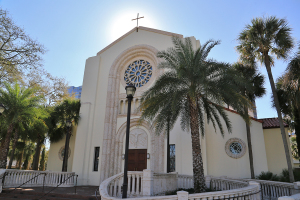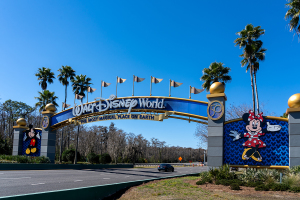3 Reasons America May Become More Religious
While there has been much talk about the rise of secularism in America recently, the trend may not continue. Here are three reasons demographic and polling experts predict America may become more religious.
Age
With the retirements of baby boomers and a decrease in the fertility rate, there will be more older Americans and fewer younger Americans in the future. Additionally, people tend to become more religious as they become older. Because of this, according to Frank Newport, editor in chief for Gallup, the increase in the average age of Americans will likely lead to an increase in the average religiosity of Americans.
Immigration
Foreign-born Latinos living in the United States are 11 percentage points more likely than the general population (69 to 58 percent) to say that religion is very important in their life, according to a 2012 study by the Pew Research Center.
Additionally, a recent study by Gordon-Conwell Theological Seminary's Center for the Study of Global Christianity found that religious adherents will grow as a proportion of the world's population in the future. The non-religious have already declined as a proportion of the world's population, from 18 percent in 1970 to 12 percent in 2010. That trend is expected to continue and reach 10 percent by 2020.
Together, these studies suggest that as the United States continues to welcome new immigrants, the proportion of the population that is religious will increase as well.
Birth Rate
Those who are more religious have a higher birth rate than those who are non-religious. Plus, the "retention rate" is lower for the non-religious than the religious. This means that someone who grew up in a secular household is more likely to reject their parents' religious views and become religious than someone who grew up in a religious household will become secular. Over time, this "birth rate gap" means that Americans will, on average, become more religious over time.
Professor's Eric Kaufmann, of Harvard University's Kennedy School of Government, and Vegard Skirbekk and Ann Goujon, of the International Institute for Applied Systems Analysis' World Population Program, looked at this issue in "Secularism, Fundamentalism, or Catholicism? The Religious Composition of the United States to 2043," published in the June 2010 issue of the Journal for the Scientific Study of Religion.
Based upon birth rates and immigration, the authors believe the largest increase among religious groups will be Hispanic Catholics, which they estimate will increase from 10 to 18 percent of the U.S. population by 2043. They expect the proportion of the population that is secular to increase in the short term, because they are younger, on average, than other religious groups, but they will quickly be overwhelmed due to their low birth rate after peaking sometime before 2043.




























